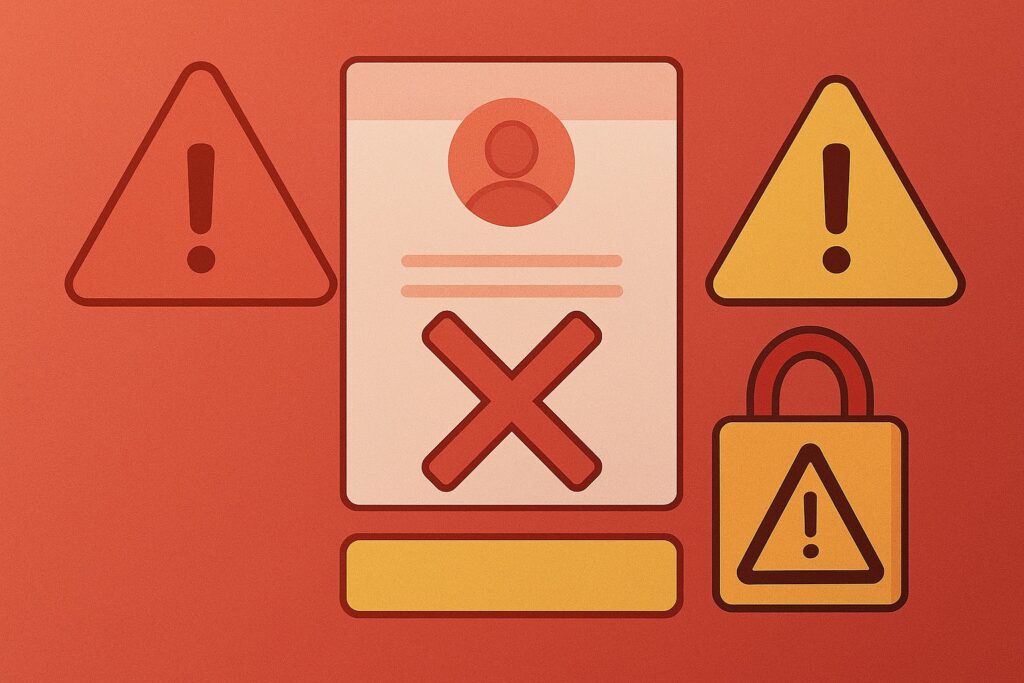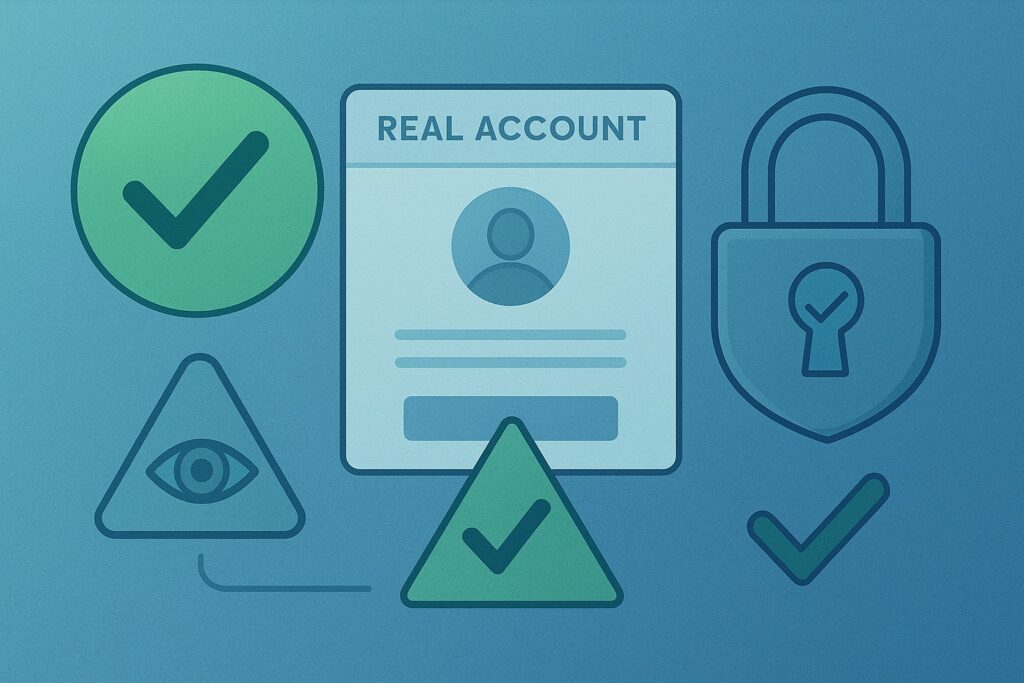
What is a Trading Community? An Easy Guide to Joining and Building Trading Groups in 2025
Ever wondered why some traders seem to have an edge in the markets while others struggle alone? The secret often lies in being part of a thriving trading community.
Whether you’re a beginner looking for guidance or an experienced trader wanting to share knowledge, trading communities can accelerate your growth and improve your results.
But with countless groups, Discord servers, and platforms claiming to offer “exclusive market insights,” how do you separate legitimate communities from pump-and-dump schemes?
Let’s explore everything you need to know about trading communities, how they work, and how to find or build one that actually adds value to your trading journey.
What is a Trading Community?

Trading communities are groups of traders who come together to share knowledge, discuss market opportunities, analyze trades, and support each other’s trading journey.
These communities can exist on various platforms including Discord servers, Telegram groups, private forums, social media platforms, or dedicated trading platforms.
At their core, trading communities serve several key functions:
- Knowledge sharing: Members exchange trading strategies, market analysis, and educational content
- Real-time discussion: Live chat about current market conditions and opportunities
- Mentorship: Experienced traders guide newcomers
- Accountability: Members hold each other responsible for risk management and trading discipline
- Emotional support: Trading can be isolating; communities provide psychological support during tough periods
The best trading communities combine education, transparency, and genuine collaboration rather than just signal sharing or promotional content.
Types of Trading Communities

1. By Platform
Discord Trading Communities: Real-time chat servers with voice channels, screen sharing, and organized discussion rooms.
Telegram Trading Groups: Mobile-focused groups with instant messaging and file sharing capabilities.
Reddit Trading Communities: Forum-style discussions with upvoting, threading, and long-form content.
Private Forums: Dedicated websites (like Whop) with structured discussions, educational resources, and member profiles.
Social Media Groups: Facebook groups, Twitter communities, and LinkedIn networks focused on trading.
2. By Trading Style
Day Trading Communities: Focus on short-term strategies, quick opportunities, and real-time market movements.
Swing Trading Groups: Discuss medium-term plays, weekly analysis, and position management.
Options Trading Communities: Specialize in options strategies, Greeks analysis, and derivatives education.
Crypto Trading Groups: Focus on cryptocurrency markets, DeFi opportunities, and blockchain projects.
Forex Communities: Concentrate on currency trading, economic news, and international markets.
3. By Structure
Free Communities: Open access with basic features and general discussions.
Premium/Paid Communities: Subscription-based with exclusive content, verified alerts, and expert analysis.
Invite-Only Groups: Exclusive communities requiring referrals or meeting specific criteria.
Educational Communities: Focus primarily on learning with structured courses and mentorship programs.
How Trading Communities Work
Most trading communities operate with common structures and features:
Community Roles
- Administrators: Manage the community, set rules, and moderate discussions.
- Moderators: Enforce guidelines, answer questions, and maintain order.
- Mentors/Experts: Experienced traders who provide education and guidance.
- Members: Regular participants who contribute to discussions and learn from others.
Common Features
- Alert Channels: Real-time trade notifications and opportunities.
- Educational Content: Tutorials, webinars, and trading lessons.
- Analysis Rooms: Technical and fundamental analysis sharing.
- Results Tracking: Members share their trading outcomes for transparency.
- Resource Libraries: Collections of useful tools, articles, and educational materials.
Modern platforms like Skippa enhance community credibility by automatically verifying trades shared within groups, ensuring members see real results rather than fabricated screenshots.
Benefits of Joining Trading Communities

1. Accelerated Learning
Communities compress years of learning into months by providing access to collective knowledge and real-world experience from multiple traders.
2. Market Awareness
Stay informed about opportunities across different markets, sectors, and timeframes that you might miss trading solo.
3. Accountability and Discipline
Community members help maintain trading discipline, proper risk management, and emotional control during market volatility.
4. Networking Opportunities
Build relationships with like-minded traders, potential mentors, and even future business partners.
5. Cost-Effective Education
Learn from experienced traders without paying thousands for individual coaching or expensive courses.
6. Emotional Support
Trading can be psychologically challenging; communities provide support during losing streaks and help celebrate successes appropriately.
7. Real-Time Market Insights
Benefit from the collective intelligence of multiple traders monitoring different markets and strategies simultaneously.
Red Flags: Communities to Avoid

1. Guaranteed Profit Claims
Legitimate communities acknowledge that trading involves risk. Avoid groups promising “guaranteed returns” or “risk-free profits.”
2. No Real Trading Activity
Watch out for groups where administrators never show actual trading activity or only share old/static screenshots.
3. High-Pressure Sales Tactics
Communities that constantly push expensive courses, signals, or other products often prioritize profit over member success.
4. Lack of Education
Groups focused solely on signals without explaining the reasoning behind trades offer little long-term value.
5. No Risk Management Discussion
Communities that ignore position sizing, stop losses, and risk management are potentially dangerous for your account.
6. Pump and Dump Activity
Avoid groups that coordinate buying specific stocks or cryptos to artificially inflate prices.
7. Anonymous Leadership
Be cautious of communities where leaders hide their identities or refuse to verify their trading experience.
How to Evaluate Trading Communities

Before Joining
- Research Leadership: Look up community leaders and verify their trading background and credentials.
- Check Reviews: Search for independent reviews and member testimonials outside the community’s own marketing.
- Observe Activity: Many communities offer trial periods or free access – observe the quality of discussions and member interactions.
- Verify Claims: Ask for independently verified track records, not just screenshots.
- Understand Costs: Be clear about all fees, including hidden costs for premium features or educational content.
After Joining
- Monitor Real Results: Track whether the community’s advice and alerts actually improve your trading performance.
- Assess Educational Value: Determine if you’re learning sustainable skills or just following signals.
- Evaluate Time Investment: Consider whether the time spent in the community provides proportional value.
- Watch for Red Flags: Stay alert for any changes in community direction, such as increased sales pressure or declining quality.
Building Your Own Trading Community
1. Define Your Purpose
Clearly articulate what makes your community unique:
- Specific trading strategies or markets
- Educational focus areas
- Community values and culture
- Target member demographics
2. Choose the Right Platform
Discord: Excellent for real-time chat, voice discussions, and screen sharing.
Telegram: Great for mobile-first communities and instant notifications.
Private Forums: Best for structured, searchable discussions and educational content.
Dedicated Platforms: Consider trading-specific platforms that offer verification and tracking features.
3. Establish Clear Guidelines
Create and enforce rules covering:
- Respectful communication standards
- Prohibition on pump-and-dump activities
- Requirements for sharing trades (verification, risk disclosure)
- Educational content standards
- Commercial activity limitations
4. Provide Real Value
Educational Content: Regular market analysis, tutorials, and skill-building sessions.
Transparency: Share your own trading results, including losses and lessons learned.
Member Recognition: Highlight member achievements and learning progress.
Consistent Engagement: Regularly participate in discussions and answer questions.
5. Verify and Track Performance
Use platforms that automatically verify shared trades to build trust and credibility within your community. Transparency in results builds long-term member loyalty.
Best Practices for Community Members
1. Start as an Observer
Spend time understanding the community culture and quality before actively participating or following advice.
2. Contribute Meaningfully
Share your own analysis, ask thoughtful questions, and help other members when possible.
3. Maintain Independence
Use community insights to inform your own analysis rather than blindly following others’ recommendations.
4. Practice Proper Risk Management
Never risk more than you can afford to lose, regardless of community confidence in a trade.
5. Document Your Learning
Keep notes on valuable lessons, strategies, and insights gained from community participation.
6. Give Back
As you develop experience, mentor newer members and contribute to the community’s educational mission.
The Role of Technology in Modern Trading Communities
Real-Time Verification
Advanced platforms now offer automatic trade verification, showing actual brokerage results rather than easily-faked screenshots.
Performance Analytics
Communities can track and display aggregate performance metrics, helping members identify the most successful contributors.
Educational Tools
Interactive charts, backtesting capabilities, and simulation features enhance learning within community environments.
Mobile Integration
Seamless mobile experiences ensure members can participate and receive alerts regardless of location.
AI-Powered Insights
Some communities incorporate artificial intelligence to analyze patterns, identify opportunities, and enhance educational content.
Different Community Models
1. Free Open Communities
Pros: No financial commitment, diverse membership, broad range of perspectives.
Cons: Lower commitment levels, potential quality control issues, limited exclusive content.
2. Subscription-Based Communities
Pros: Higher member commitment, exclusive content, better moderation, verified leadership.
Cons: Monthly costs, potential bias toward keeping members regardless of results.
3. Performance-Based Communities
Pros: Leaders incentivized by actual results, transparent track records, aligned interests.
Cons: May be expensive if successful, performance pressure can affect quality.
4. Educational Communities
Pros: Focus on skill development, structured learning paths, long-term value.
Cons: Less immediate gratification, requires more personal effort and time investment.
Common Misconceptions About Trading Communities

“Communities Are Just Signal Services”
Quality communities focus on education and skill development, not just trade recommendations.
“Free Communities Aren’t Valuable”
Many free communities offer excellent education and support; value depends on member commitment and leadership quality.
“Paid Communities Guarantee Better Results”
Payment doesn’t ensure quality; evaluate communities based on education, transparency, and real member outcomes.
“Communities Replace Personal Analysis”
The best communities enhance your own analysis and decision-making rather than replacing independent thinking.
Making the Most of Community Membership
Set Clear Goals
Determine what you want to achieve through community participation:
- Specific skills to develop
- Trading strategies to learn
- Network connections to build
- Performance improvements to achieve
Balance Community Input with Personal Research
Use community insights as one input in your decision-making process, not the sole determinant of your trades.
Track Your Progress
Monitor how community participation affects your trading performance, knowledge growth, and overall confidence.
Contribute to Community Culture
Help maintain the educational and supportive atmosphere that makes communities valuable for everyone.
Final Thoughts: Building Long-Term Trading Success Through Community
Trading communities can significantly accelerate your development as a trader, but success ultimately depends on your commitment to learning, practicing proper risk management, and maintaining independent thinking.
The best communities combine transparency, education, and genuine support for member success. Whether you join an existing community or build your own, focus on sustainable skill development rather than quick profits.
Remember that legitimate trading communities emphasize education, risk management, and realistic expectations. They celebrate both wins and losses as learning opportunities and maintain transparency in their results and methods.
Looking for a trading community with verified, real-time results? Skippa connects you with transparent trading mentors and communities where every shared trade is automatically verified from actual brokerage accounts. Schedule a demo to see how verified communities can accelerate your trading journey.
Ready to join a community that prioritizes education and transparency? Connect with verified traders who share real results, not fake screenshots.

